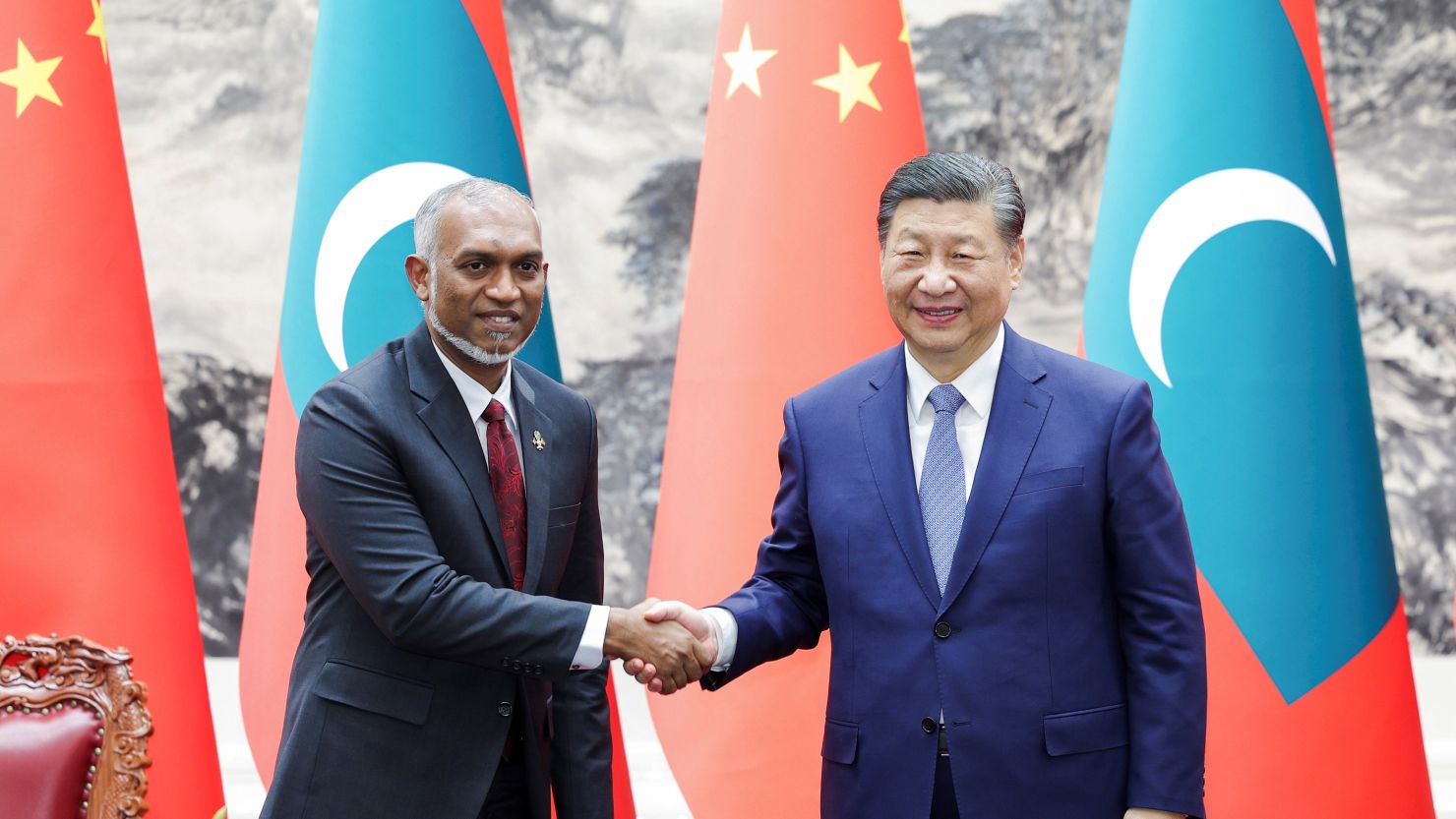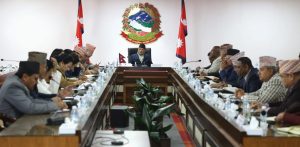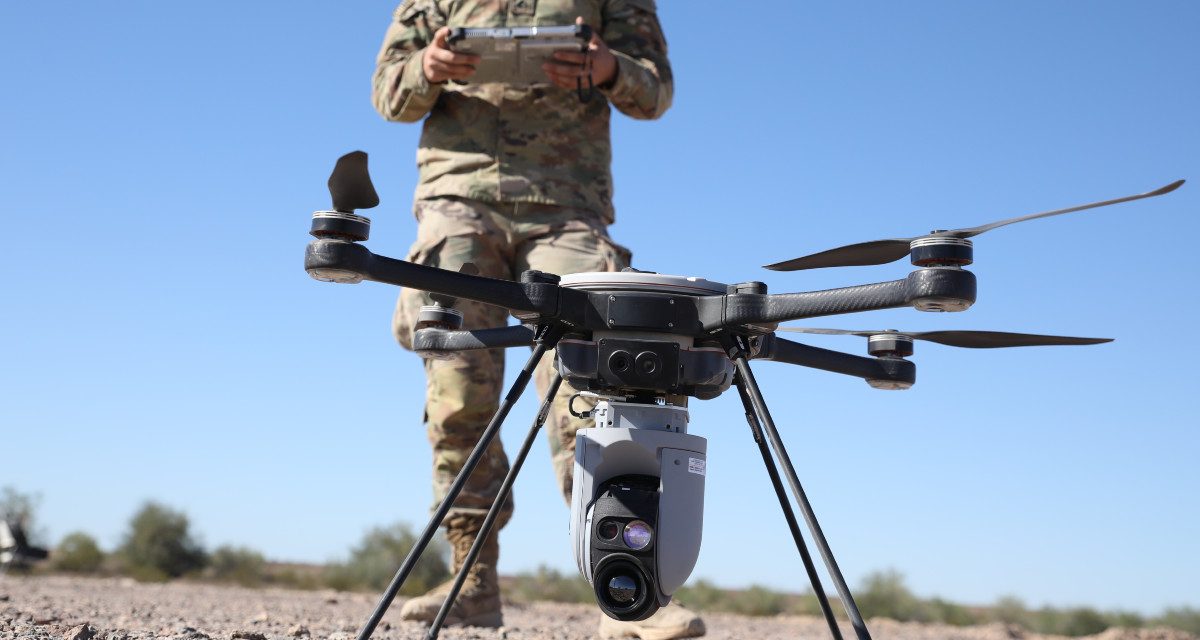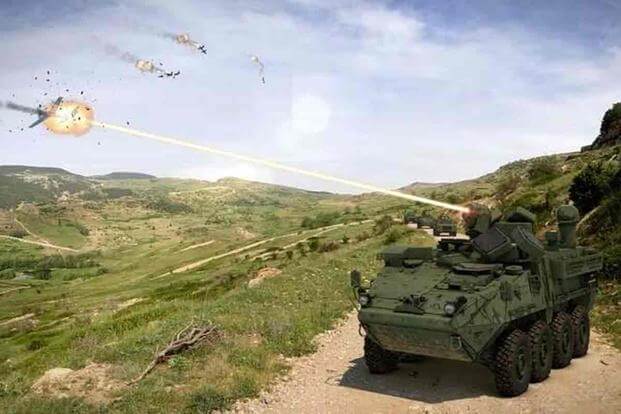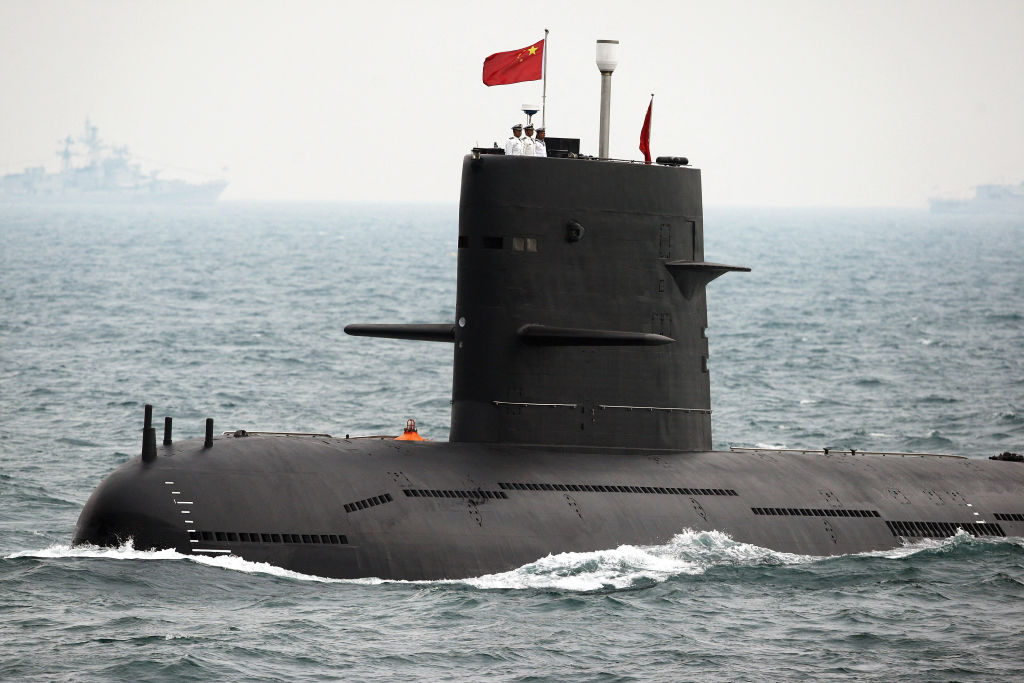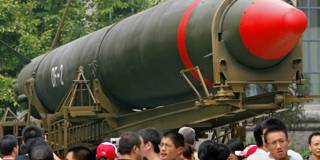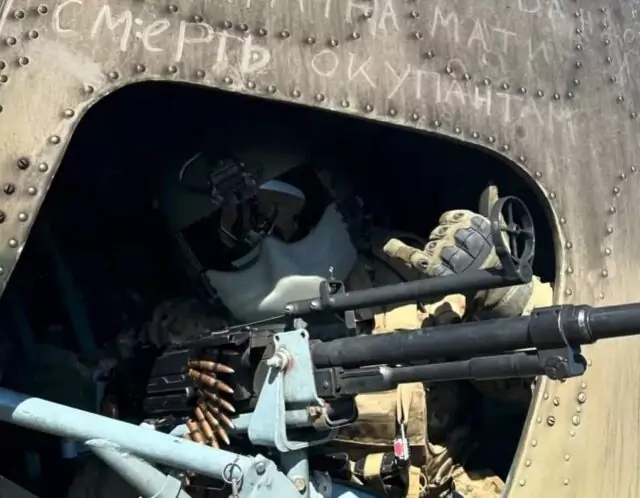Peter Berkowitz
The United States and Israel have advanced apparently conflicting visions of the day after Israel defeats Hamas in Gaza. Whereas the Biden administration seeks the establishment of a Palestinian state, Israeli Prime Minister Benjamin Netanyahu’s government plans on retaining overall security responsibility for Gaza and installing local Palestinian officials untainted by ties to terrorist organizations to administer civil affairs.
The neglected common ground between Israel and the United States offers an opportunity to make the terrible situation in Gaza less terrible.
On Oct. 6, 2023, no one was talking about a two-state solution. Israel was mired in a social and political crisis triggered by the Netanyahu government’s January 2023 proposal for a major overhaul of the Israeli judiciary. The Abraham Accords were facilitating growing security cooperation, commercial relations, and cultural exchange between the original parties – Israel, Bahrain, and the United Arab Emirates. In the face of the Iranian threat, the Biden administration was making progress toward a comprehensive deal with Saudi Arabia that would include normalization of relations with Israel if Jerusalem took steps to advance Palestinian independence. And Hamas, it was widely thought – in accordance with Netanyahu’s stated policy of providing financial support for the terrorist organization – was content to sporadically fire rockets at Israel while gradually giving more attention to improving Gazans’ economic well-being.
Yet in late October 2023, just a few weeks after Hamas’ barbaric Oct. 7 assault on Israel – the jihadists slaughtered around 1200 mostly civilians, raped women, mutilated bodies, and kidnapped approximately 240, mostly civilians – President Joe Biden affirmed that the solution to the Israeli-Palestinian conflict required the creation of a Palestinian state. That during periods of relative calm Presidents Clinton, Bush, Obama, and Trump failed to midwife the birth of a Palestinian state did not seem to disturb Biden administration calculations.

